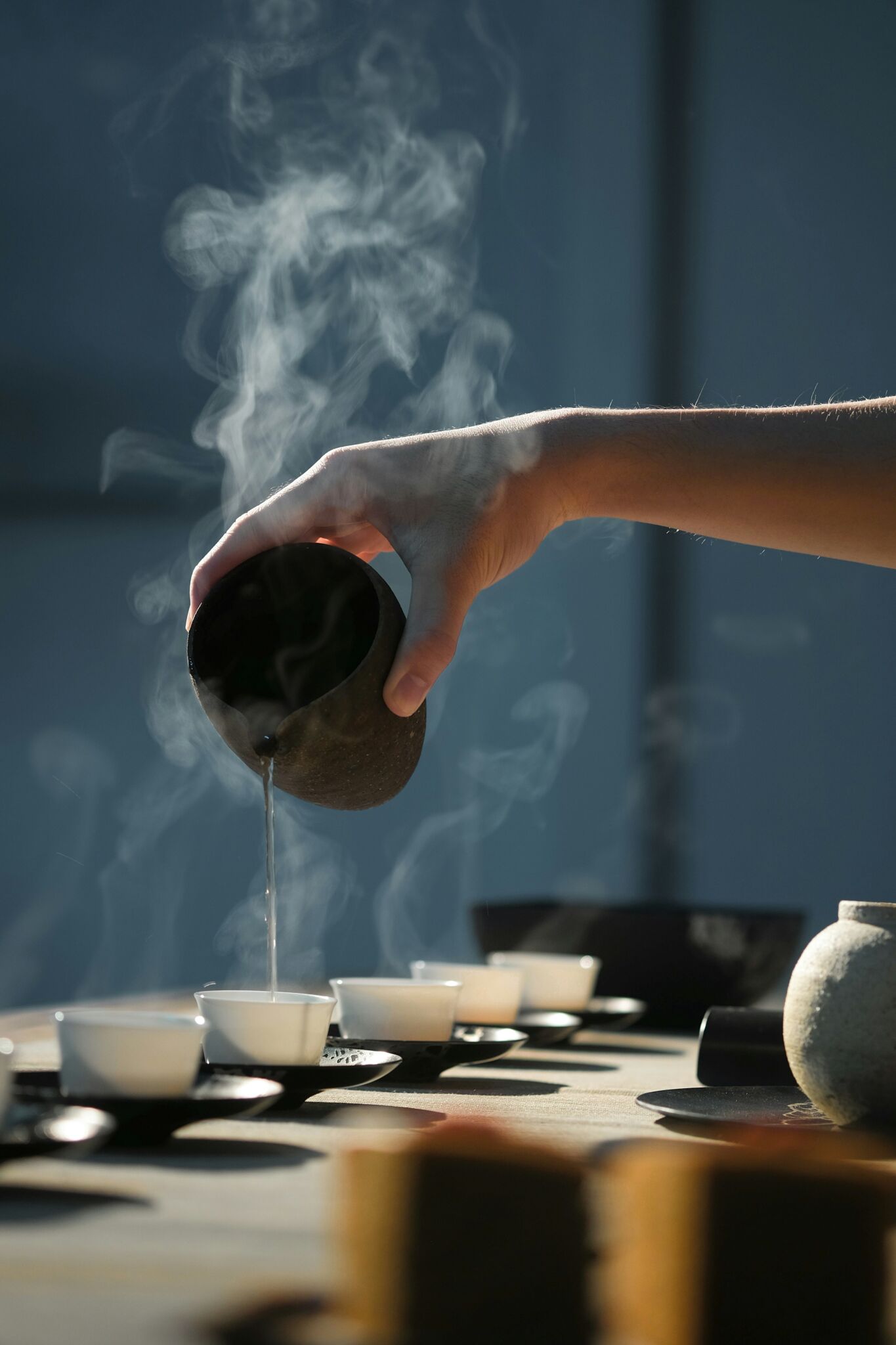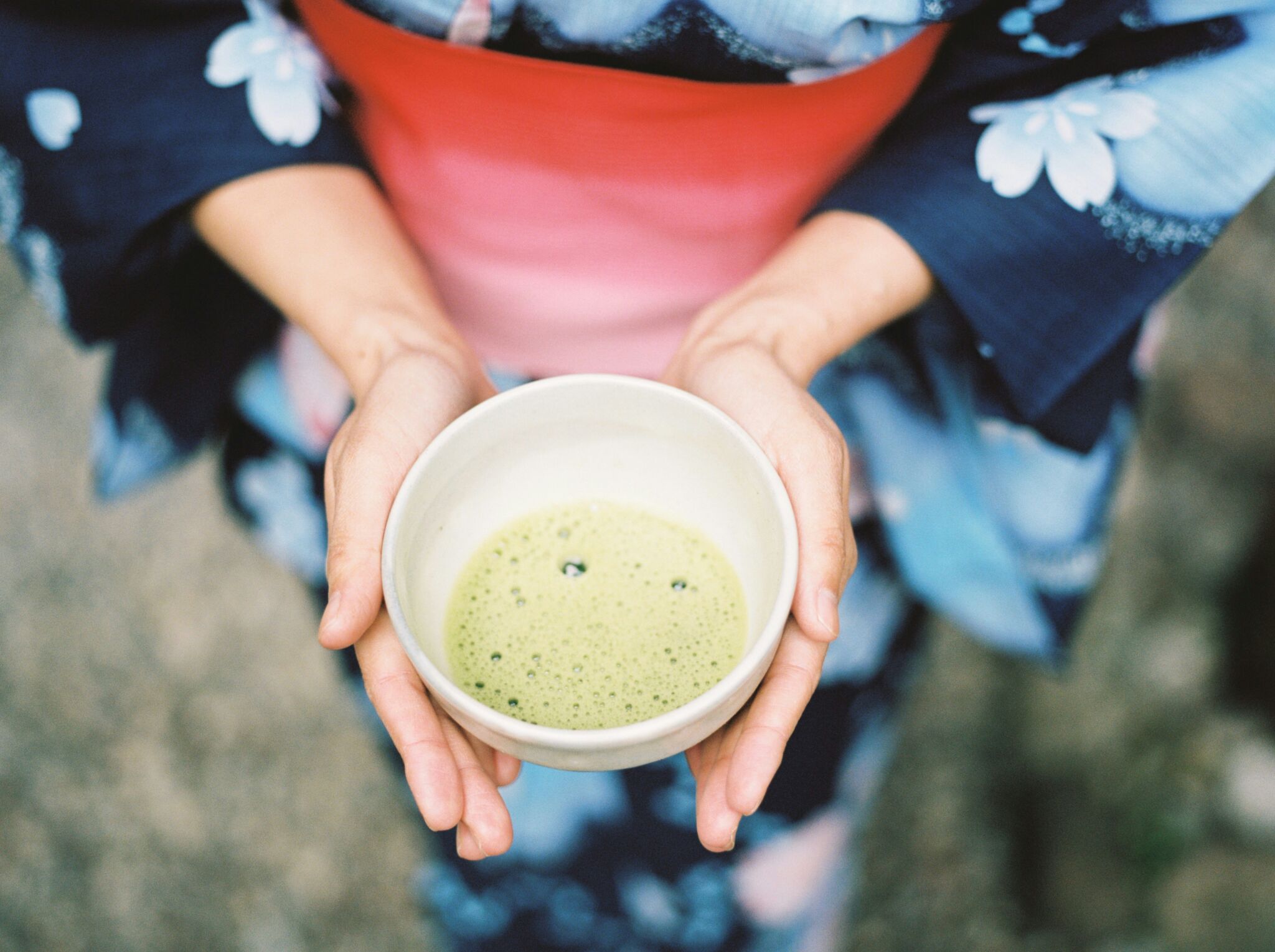The East – It’s All About Tea
May 21 is International Tea Day. Let's explore the traditional tea ceremonies of Japan, China, and Uzbekistan

Tea ceremonies in Eastern countries are always mysterious and refined. The meditative process of preparing and consuming tea carries a sacred meaning for different cultures. Every tea ceremony is characterized by a special atmosphere of unhurried beauty and traditions, as well as the unique composition of the tea, whose proper brewing positively affects the human body.

«The Gong Fu Cha» - Chinese tea ceremony
China is the birthplace of ancient Asian tea ceremonies. The focus of the tea preparation process is primarily on the person, followed by the tea itself. The name "Gong Fu Cha" (Kung Fu Cha) translates to "skillful work/tea mastery." This tea ceremony originated during the Song dynasty, the golden age of tea.
First, it is necessary to prepare the appropriate utensils and the tea itself. Boiling water is poured into a pre-warmed thermos. Then, the boiling water is poured into the tea utensils to warm them.
The tea leaves are first shown to the guests, and only then are they placed into the teapot. Afterward, boiling water is poured over the tea leaves, filling the teapot to the top, and the teapot is covered with its lid. The first infusion is a rinse for the tea and is not served to the guests. Immediately after this, the tea is brewed again and then poured into the tea utensils (tall cup + small cup). The tall cup is covered with a small cup. The tea master then flips both cups and places them on a stand. Now the guests can inhale the aroma of the tea from the tall cup and then take small sips from the smaller cup.

Next, the master opens the teapot again and lets the guests inhale the aroma of the already unfurled leaves through the lid. The tea preparation process is then repeated, increasing the steeping time until the aroma is completely gone. The most intense flavor of the tea can be experienced in the third infusion.
Once the tea has "given" all its aroma, the tea leaves are removed from the teapot and shown to the guests again so that participants can see the size of the unfurled leaves. Finally, all the tea utensils are thoroughly washed and dried on a special tray with a drain.
Gong Fu masters most commonly brew Oolong, and Pu-erh, as well as black and white teas.

Japanese Tea Ceremony
After China, Japanese tea connoisseurs adopted the tradition of tea ceremonies, adding their refined rituals. In Japanese, the phrase "tea ceremony" is "sado" (chado), which translates to "the way of tea." In Japan, special tea pavilions are built to gather guests for the sacred ceremony. The tea preparation is done by the host, who does not drink the tea but oversees the process. The Japanese pay special attention to the details of the pavilion, accessories, and the garden where the pavilion is located.
In the land of the rising sun, the ceremony begins with the serving of a large bowl of strong tea, from which all the guests take a sip in turn. Traditional sweets called "namagashi" are served with the tea, and then fresh tea is poured into individual bowls. Through tea ceremonies, young women prepare for family life.

It is believed that the sacred Japanese tea ceremony was created by Sen no Rikyū, who lived in the 1500s. He was recognized as a master of tea by two shoguns: Nobunaga and Hideyoshi. Rikyū's philosophy of the ceremony is based on four principles:
- Purity
- Harmony
- Respect
- Calm

There are also seven rules for conducting the Japanese tea ceremony according to the teachings of Sen no Rikyū:
- For flower arrangements, imitate nature.
- The water should be brought to a gentle boil over charcoal.
- Tea should be served in an amount corresponding to the number of guests.
- In the summer, the tea ceremony should be held in a cool place, and in the winter, in a warm place.
- The ceremony should be conducted at the appropriate time.
- Be mindful that rain can start even in good weather.
- Always show respect when hosting guests at the ceremony.
It is also important to note another key rule of the ceremony, which has become an integral tradition. All utensils, accessories, and interior items, as well as the kimonos of the guests and hosts, should correspond to the season. The tea ceremony can last several hours.

Similar tea ceremonies are held at the Ikuo Hirayama International Caravanserai of culture in Tashkent.
Uzbek Tea Traditions
Tea culture came to Uzbekistan in the 19th century during the time of the Great Silk Road, when Chinese traders brought the first sets of tea leaves and fragrant herbs to the country.
Uzbek people particularly value green tea, which was previously brewed in refined copper jugs called kumgans.
There is also a tradition among the Uzbek people to brew shirchoy in the mornings. This traditional drink, which comes from Asian nomads, includes milk, salt, and spices in addition to tea. This drink is often served as a replacement for breakfast.

Among the traditions in Uzbek tea drinking, there is a ritual where the tea is rinsed three times in a piala (a small bowl) and only on the fourth time is it served to the guest. This is considered a gesture of respect and a sign of a pure relationship with the guest. An important detail is that tea is poured only halfway into the piala. According to tradition, the more frequently the host refills the tea for their guest, the more valued the guest is to them.

Tea ceremonies in the East are a symbiosis of traditions, a tribute to rituals, a way to maintain relationships with friends or relatives, and an expression of special respect for the older generation.


